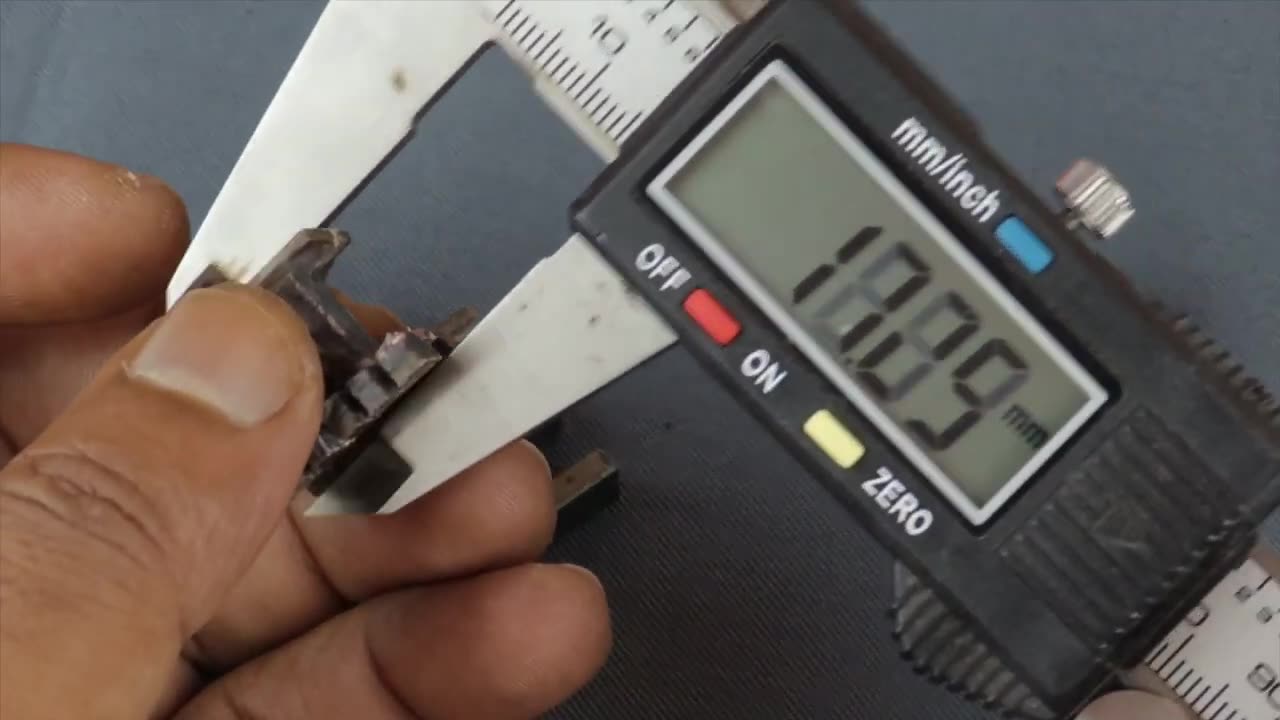Premium Only Content

DIY 3.7V to 400kV High-Voltage Transformer
A 3.7V to 400kV high-voltage transformer is an extreme step-up transformer that converts a low voltage (such as a 3.7V lithium battery) into an ultra-high voltage output. This type of circuit is often used for experiments like Tesla coils, plasma arcs, ionizers, and HV discharge applications.
Working Principle
The circuit operates by first converting 3.7V DC to high-frequency AC using an oscillator circuit (often a transistor-based or flyback driver). The AC is then fed into a step-up transformer, which increases the voltage significantly, typically in multiple stages using cascade multipliers like a Cockcroft-Walton voltage multiplier to achieve the final 400kV output.
Key Components
Power Supply: 3.7V Lithium battery (18650 or Li-Po)
Oscillator Circuit: Transistor-based (e.g., 2N2222, IRFZ44N MOSFET) or a Joule Thief circuit
Step-up Transformer: A flyback transformer or a custom-wound ferrite core transformer
Voltage Multiplier: A Cockcroft-Walton multiplier (diodes and capacitors in stages)
Insulation & Safety: High-voltage resistors, air gaps, and dielectric materials
Steps to Build It
Oscillator Circuit: A transistor or 555 Timer circuit generates high-frequency pulses (~10–50kHz).
Step-up Transformer: The pulses are fed into a small flyback transformer to step up the voltage to around 10kV-20kV.
Voltage Multiplier: A series of high-voltage diodes and capacitors multiply the voltage in steps, reaching up to 400kV.
Output Handling: Use proper insulation to prevent arcing and protect components from damage.
Safety Precautions
DO NOT touch the high-voltage output—it can be lethal.
Use high-voltage-rated components (capacitors and diodes).
Ensure proper grounding and insulation to prevent flashovers.
Keep the circuit away from flammable materials.
-
 LIVE
LIVE
ttvglamourx
49 minutes agoPLAYING WITH VIEWERS !DISCORD
136 watching -
 LIVE
LIVE
VapinGamers
1 hour agoTools of the Trade - Of Thumbnails and Titles, What's Important? - !rumbot !music
90 watching -
![Mr & Mrs X - [DS] Trafficking Empire – How Epstein Built His Web of Wealth and Deceit:Part 1 - Ep 5](https://1a-1791.com/video/fww1/f0/s8/1/o/k/J/d/okJdz.0kob-small-Mr-and-Mrs-X-DS-Trafficking.jpg) 52:11
52:11
X22 Report
2 hours agoMr & Mrs X - [DS] Trafficking Empire – How Epstein Built His Web of Wealth and Deceit:Part 1 - Ep 5
58.1K10 -
 1:13:18
1:13:18
Wendy Bell Radio
6 hours agoPet Talk With The Pet Doc
34.3K57 -
 LIVE
LIVE
dieseldesigns
5 hours agoExploring Labs In the DARK! // Abiotic factor
9 watching -
 LIVE
LIVE
BBQPenguin_
4 hours agoDragonball Z - The Android Saga
159 watching -
 LIVE
LIVE
Total Horse Channel
4 hours ago2025 URCHA Futurity | Derby & Horse Show | Saturday
45 watching -
 LIVE
LIVE
DynastyXL
4 hours ago🔴LIVE: Fortnite The Comeback Stream Starts Here🎃
48 watching -
 1:38:57
1:38:57
njgaming23
2 hours agoCoffee and Morning vibes #rumbletakeover
6.33K -
 1:09:19
1:09:19
Ami's House
2 days ago $14.96 earnedWhen Defending Israel Backfires: Are We Pushing Our Last Friends Away? With Karys Rhea
177K184